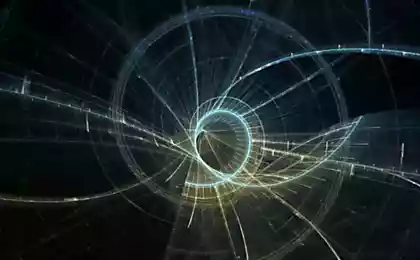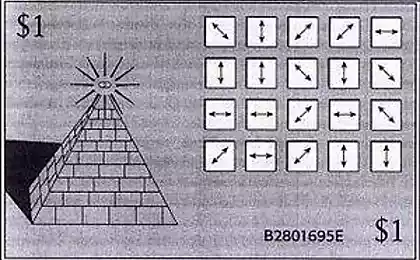454
"Confusion-on-a-chip": another step towards quantum computers

Unlike the magic ring Bilbo, which confuses human hearts, engineers have created a new microcalc, which confuses the individual particles of light. This is the first important step for a number of new technologies.
Quantum entanglement — the instantaneous connection between two particles regardless of their distance from each other is one of the most promising and intriguing phenomena in physics. Properly configured entangled photons could revolutionize computing, communications technologies and cyber security. Although the confusion has been created in the laboratory and even in comparatively large optoelectronic components, a practical source of entangled photons that can be accommodated on a conventional computer chip, remains elusive.
A new study published in the journal Optica, describes how a team of scientists for the first time in history, have created a microscopic component that is small enough that it could fit on a standard silicon chip, which can provide a continuous supply of entangled photons.
New design based on already known silicon technology, known as microcalculi resonator. These cavities in fact represent a loop that may confuse, and then re-emit particles of light. Adjusting the design of this resonator, scientists have created the newest source of entangled photons, incredibly small and highly efficient, making it an ideal component-on-chip.
"The main advantage of our new source is that it is small, bright and a silicon-based, says Daniel Baroni, a researcher from the University of Pavia, Italy, co-author of the work. — The diameter of the ring resonator is 20 microns, one-third of the width of a human hair. Previous sources were hundreds of times more than the one we have developed".
From confusion to innovatsionnye and engineers have long recognized the enormous practical potential of entangled photons. This curious manifestation of quantum physics, which Einstein called "spooky action at a distance" has two important values for the world of modern technology.
First, if something acts on one of the entangled photons, the other will instantly react to this action, even if it is on the opposite side of a computer chip or on the opposite side of the galaxy. This behavior can be used to increase the power and speed of computation. Second, if two photons are in some way can be considered a single entity, this allows you to create a communication Protocol that is to be impervious to any hacking.

Green wave — laser beam; red and blue — entangled pair of photons
It is impossible at first glance, the behavior is essential for the development of certain next-generation technologies, such as computers that are much more powerful than the most modern and advanced supercomputers of today, and secure telecommunications.
Confusion-on-copeognatha to bring these new technologies to life, we need a new class of emitters of entangled photons, which can be easily integrated into existing technology of silicon chips. To achieve this goal was not easy.
To date, the emitters of entangled photons is made largely of specially designed crystals can only be reduced to several millimeters, many orders of magnitude more than you need for applications on-chip. In addition, such elements require a lot of energy, a very important part in the field of telecommunications and computing.
To solve these problems, scientists have studied the potential of ring resonators as a new source of entangled photons. These well-zarekomendovala optoelectronic components can be easily etched on a silicon substrate similarly as other components of semiconductor chips. To "pump" or power, the resonator along the optical fiber on the input side of the sample is directed laser beam which is then connected to the resonator and launches the photons race around the ring. In this loop the photons you receive the ideal environment for communication and entanglement.
When the photons leave the resonator, the researchers found that a significant number of them is confusing.
"Our device is capable of emitting light with striking quantum mechanical properties that have never been observed on the example of the built-in source says Baioni. — The speed at which entangled photons are formed, is unprecedented for a silicon integrated source, and comparable in terms of issuance with powerful crystals pumped by very strong lasers."
Application and future technologicznie believe that their work is of special importance, as it demonstrates for the first time, a quintessential quantum effect, entanglement — in already proven and well known technology.
"Over the past few years, silicon integrated devices designed for filtration and direction of light, mainly for telecommunication applications, says Baroni. Our microcalculi resonator can be easily used together with such devices that brings us closer to full involvement-on-a-chip".
Thus, this work may facilitate the adoption of quantum information technologies, particularly quantum cryptography protocols. According to Baroni and his colleagues, these protocols have already been demonstrated and tested. Im missing several parts, including a small and reliable source of entangled photons capable of propagating in the fiber networks. The problem, it turns out, solved.
Source: hi-news.ru
Ancient recipes for the treatment of gastric ulcer
Jadav Payang— man, single-handedly grow a forest in the desert






















